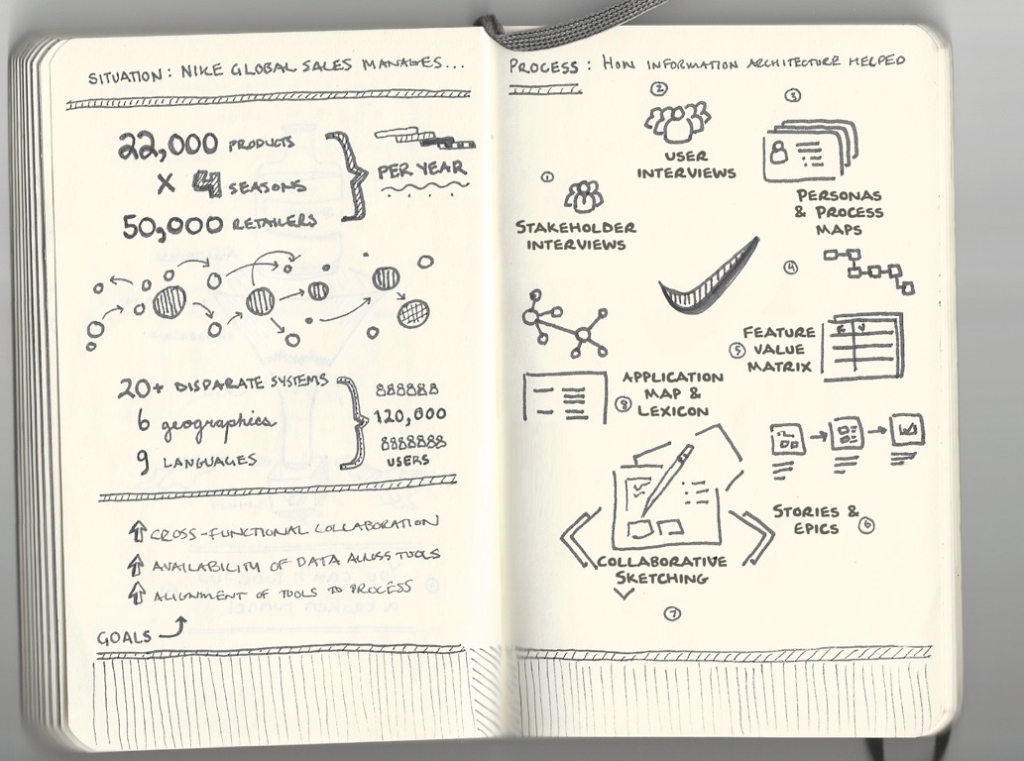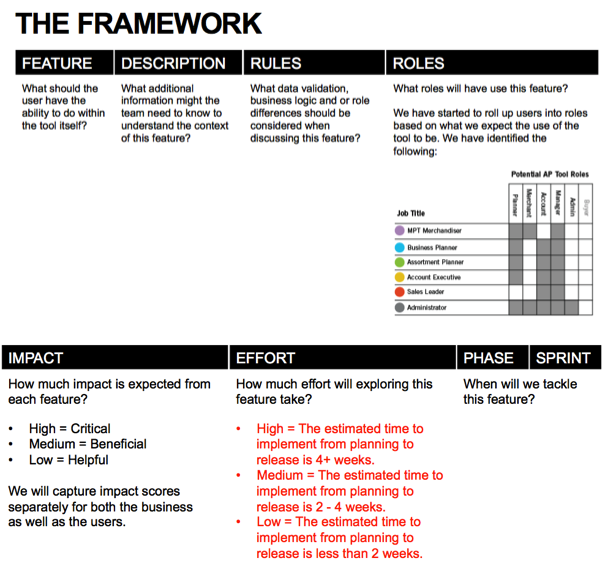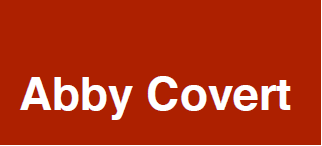Nike Digital Sales Process
In 2012 Nike engaged a team from a digital agency to develop a single digital platform to serve 120,000 users in 9 languages. I was brought onto the team to lead a group of Nike executives and RGA designers to agree on an information architecture for this platform. I worked on the project for approximately 9 months.

Nike is a global brand releasing 22,000+ products four times a year to 50,000 retailer accounts. To manage their digital sales process, a set of 20 disparate digital tools had emerged from various teams and selling contexts over a decade of moving into digital sales. Their tools lacked a common language or data structure, and there was no clear picture of how these tools could be brought together over time.
The 96 week cadence of interconnected business processes that would better support the company from product conception to quarterly sales was a largely undocumented dream that the Sales team at Nike had.
How I helped
- Stakeholder Interviews: I spent significant time at the start of the project interviewing our stakeholders at Nike to get a documented understanding of their business goals and the opportunities and challenges they saw.
- User Interviews: I recruited users of different roles and aptitudes in the current digital tools to interview and shadow in their use of their current tools and processes. These interviews allowed me to start to really understand the jobs the users are trying to get done and start to identify places where better digital tools would help them most.
- Process Mapping: I worked through a series of collaborative workshops where we mapped out in detail the end to end 96 week sales process. From these workshops I paired with a business analyst at Nike to produce a detailed diagram that the team could use as a reference for how the platform being built should ideally unite these otherwise disconnected business processes.


- Collaborative Sketching: I facilitated a series of workshops where agency designers and Nike executives sketched alongside each other to explore features and ideas that could serve users of the platform. I used these in-person meetings as a way to build shared context and create the right environment to have open discussions about really tough problems that the team had to face ahead. These workshops were exhausting but were so pivotal in our team’s ability to come together around solving problems for our users.

- Story & Vision Development: Based on the user interviews, I developed a set of personas that captured the critical details about the roles that users played within the supported business processes. These were critical to this project because the entire design team had to be educated on the very intricate process that they were designing tools to support. Our personas became our primary teaching tools for designers and other stakeholders to understand the role of users in the system.


- Lexicon: I collaboratively worked through the definition of all the core terms that were important to understand within both the business and the technology spaces being explored. This document served as a guide to how to talk to each other about the work we were doing. I may or may not have worn a gym whistle to workshops to warn people vearing off-lexicon.

- Feature + Value Matrix: I developed a framework for identifying and quantifying the value of each potential feature we could explore development of. In this framework I captured details about how features mapped to user roles, how much impact we expected a feature to have and the level of effort for implementation and release. This framework became a critical planning tool for the team to rally around as we determined where to spend our resources.

- Application Mapping: I developed a visualization framework to communicate our phased rollout plans for the stakeholders who needed to understand the pieces but not get lost in the weeds. This set of diagrams became the go-to for team members to recenter themselves on what problems were being solved in the short vs. long term.


Results
The work I did on this project served as the strategic underpinning for an agency design and client side engineering team that worked in this space for years after this project’s conclusion. One of the sad realities of consulting is not knowing exactly what happened next.
BUT the digital agency working through the user experience design of the applications being developed was way more informed. Our Nike client reported a feeling positively about the level of collaboration this process provided for their team.
